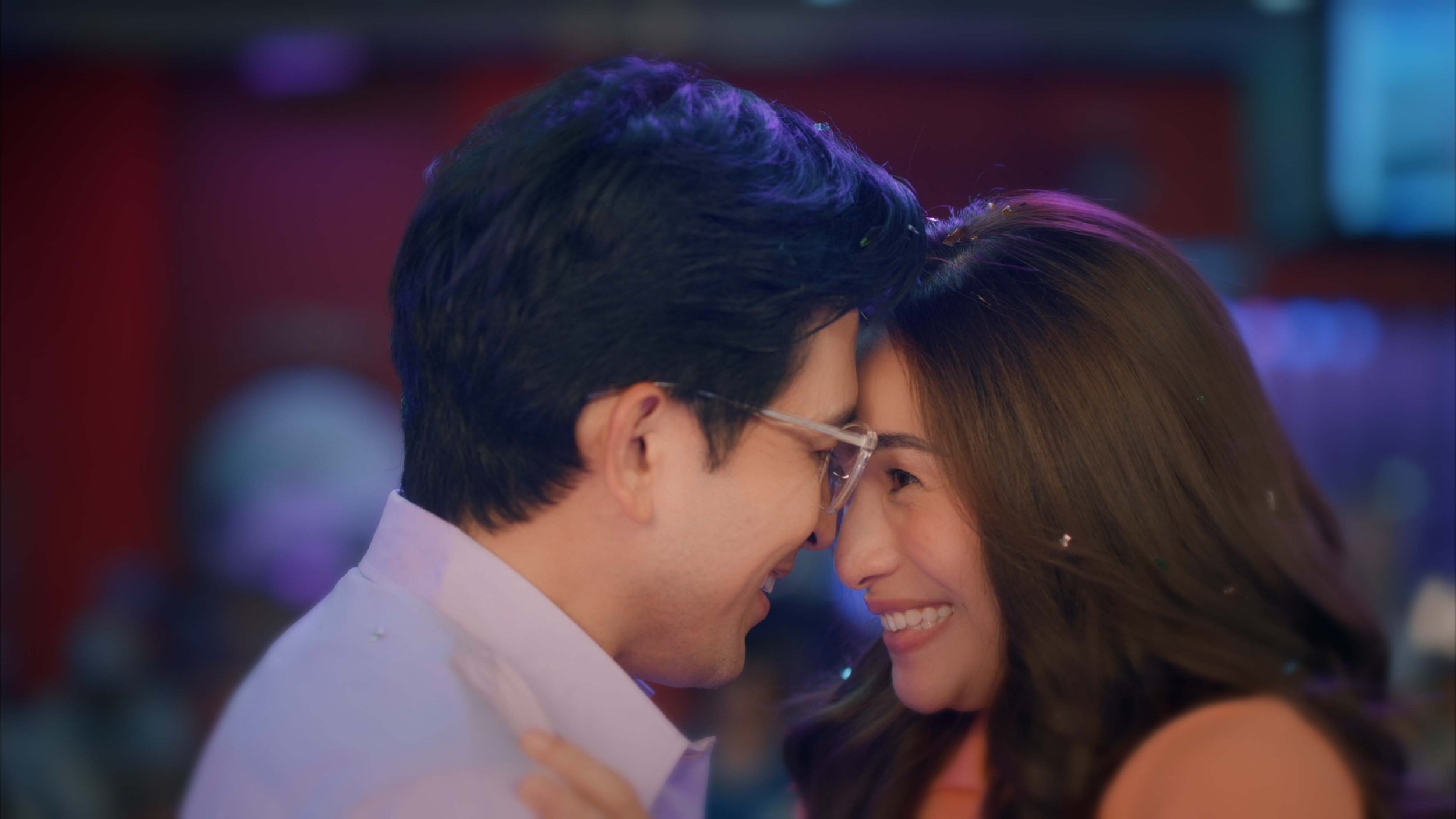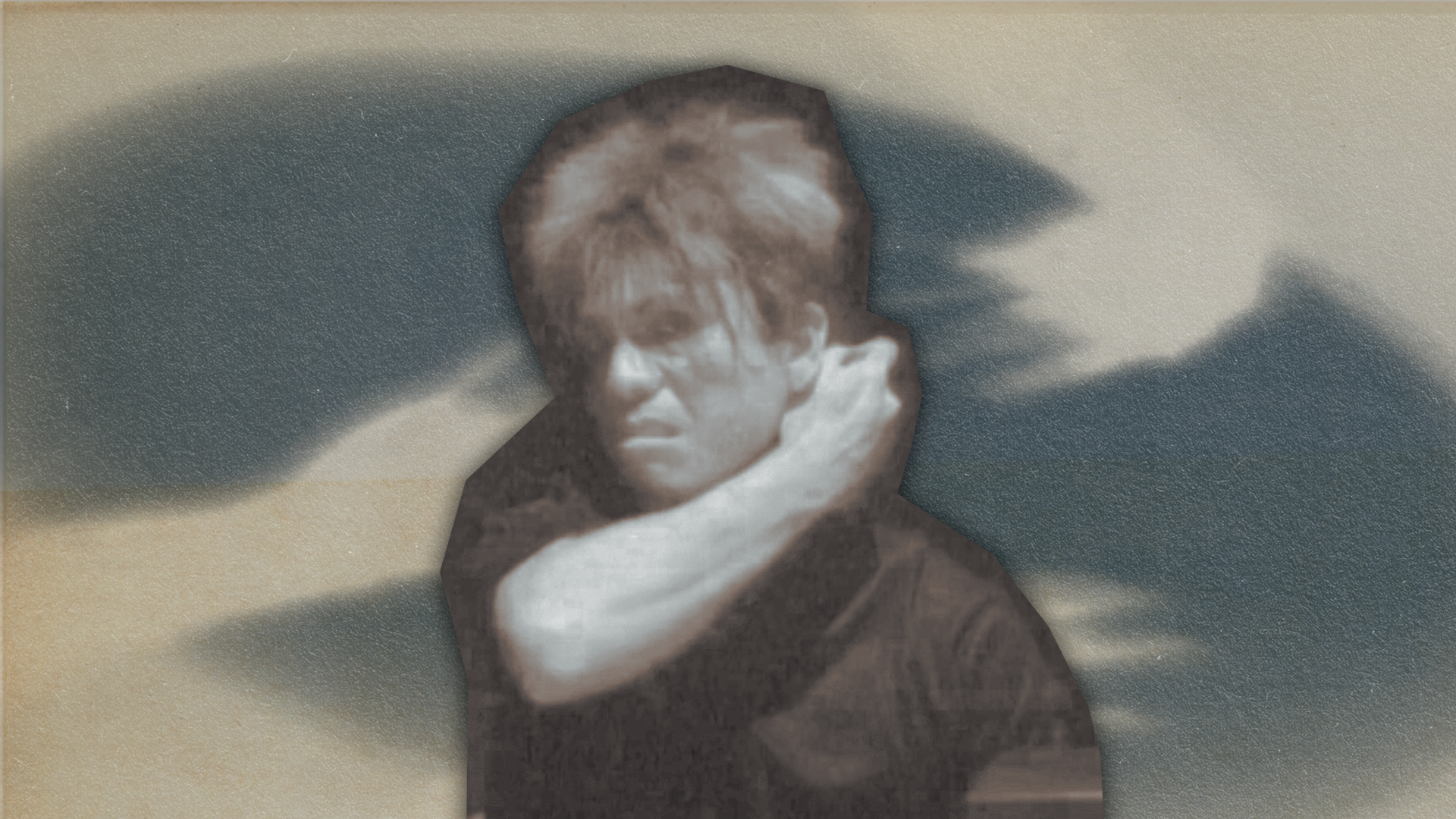‘IF’ REVIEW: Rated G for Give Your Inner Child a Break
‘IF’ REVIEW: Rated G for Give Your Inner Child a Break
IF’s mandate of healing adults’ inner children succeeds in everything except one crucial thing: making cinematic imagination fun for kids | Photo taken from IMDb
Kids’ films have been in short shrift for the past decade. I’m talking about the kind that’s on the milder-PG to G side that’s live-action and about children between 7-17-years old growing up — either through adventures or real-world experiences. At one point, these kinds of kids’ films were the norm, being theatrically lucrative and the kind that would give child actors a profile before they crossed over into mature roles.
It’s interesting that with Stranger Things’ cultural ascent, subsequent attempts at family friendlier, kid-led ensemble adventure films didn’t make similar dents. IF should have been a corrective to that drought, but despite being this kid-friendly adventure it has more emotional rewards to give adults looking to heal their inner children. For kids, it has a bevy of wonderful CG-characters and a relatable protagonist, but little imagination to make it stand out.
The fantasy film follows Bea, a girl suffused with just the right amount of cynicism to be sad and the right amount of childlike wonder for the story to move along. Bea stays with her grandmother at the apartment her parents raised her in before they moved out. There, she waits for his father to get through a heart surgery while grieving the loss of her mother.
While she’s in the apartment, she comes across one, then two, then three peculiar individuals who pique her interest. They’re actually IFs, short for Imaginary Friends, accompanied by a man named Cal who is trying to place them with new children since their previous ones have grown up and forgotten about them.
Bea (Cailey Fleming) and Blue (voiced by Steve Carrell) outside the window of a cafe | Photo taken from the Official Trailer on YouTube
The film holds your attention in the first half by sharing Bea’s guarded curiosity of the life around her. The cinematography, peppered with occasional slow zooms by Janusz Kamiński,, and music composed by Michael Giacchino set the film’s fantasy leanings quick and right.
Filmmaker John Krasinski, however, misses the chance at turning this good film into a great time, taking time to build Bea’s worlds — real and imaginary — without populating it with an equally engaging group of kids. I’m sure co-star Alan Kim would do wonders with a character who stretches the premise’s limits. Which is why it’s disappointing to see him regaled to a supporting character with only a handful of scenes and little presence in the film’s central narrative.
When its characters realize their goal should be to let the IFs reconnect with the now grown-up kids who’ve forgotten them, that’s when the film really kicks into gear. It doesn’t become a plot-driven machine about “defeating a bad guy,” which is one of its assets. In taking the characters to the multiple goals of their mission, the film reassures the adult characters whom Bea and the IFs meet that it’s never too late to heal their inner children and continue on into adulthood.
These are the stretches of the film that will certainly warm the hearts of the adults who brought kids to this film. Kids can also latch onto Bea’s story here — a kid unwillingly jaded by grief who finds a spark in life thanks to reconnecting with her childhood imagination and sharing that feeling with others older than her.
Bea (Cailey Fleming) having a dance number with other IFs | Photo taken from the Official Trailer on YouTube
I’m pretty sure there’s a higher chance it was the adults who dragged their kids to see this, considering the film’s marketing focuses on a star-studded cast whose credits would draw more millennials who grew up on 2010s pop culture than kids. Krasinski gives himself the charming dad role here, which I think will be more endearing for the grownups who’ve followed him from his breakout role in The Office to his exploration of parental anxieties in the Quiet Place films, which have declared his filmmaking prowess.
Going from something scary to something for the family is a cinematic trajectory reminiscent of Steven Spielberg. I hope Krasinski gets to recalibrate his imagination so that he can get another shot at a family friendly film rife with cinematic wonder that kids can sink their hearts into as well.





















